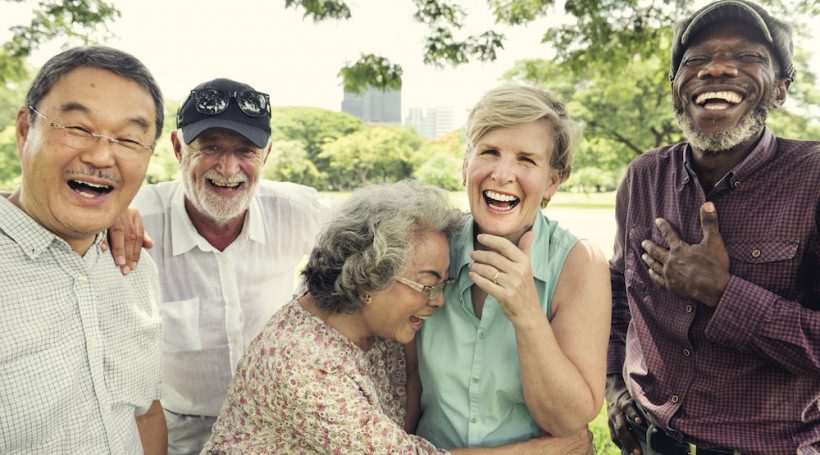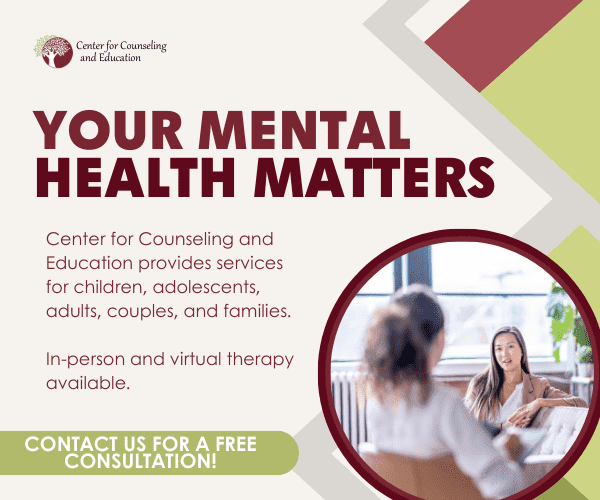It used to be when you thought of housing for seniors, you pictured some rather unsightly places with cold, tiled floors, sterile rooms and poorly trained staff. But those days are over. Today’s senior living facilities – no longer called nursing homes – offer an alternative to older adults looking to feel comfortable where they live for years to come.
- It’s not a hospital – or a nursing home
Today’s senior living facilities have redesigned themselves to serve as extensions of the home, so residents can take pride in where they choose to live.
“If you think of going to a resort, what are people there wearing? They’re probably wearing polos or khakis, and they’re there to serve you when you need something – that’s the same thing our caregivers wear. They don’t wear scrubs, they’re wearing polos and khakis,” says James Santana, executive director of Symphony at Cherry Hill, a memory care community for residents with dementia.
While many do offer services like 24/7 nursing coverage, senior living facilities have adopted a hospitality approach in hopes of keeping residents feeling like they are living full lives.
“Sometimes people feel assisted living communities are nursing homes, and the phrase nursing homes has a really negative connotation to it,” he says. “Just because it’s assisted living doesn’t mean it has memory care or support attached to it. There are different levels of care, and by talking it out with a professional, you can figure out what’s best for your loved one. There’s independent living, assisted living, memory care – there are different levels, but they’re not interchangeable and very different.”
Regardless of the levels of care offered, Santana adds, programs at the facility are now designed with the residents’ interests in mind.
- Quality of life may not be so great when you live alone
One of the main reasons older adults put off moving out of their home is the desire to stay independent, but the truth is, living alone could actually hinder that ability.
“Too often, we hear families say, ‘Mom lives in two rooms, because she can’t get up the stairs safely anymore, or in and out of the bathtub. There are considerations in regard to just how independent is mom at home,” says Brenda Bacon, president and CEO of Brandywine Living, which has senior living communities in six states, including New Jersey.
“Often, if you’re living at home without support, your only trips are when one of your family members comes around to take you to the doctor or CVS. In our case, for our residents, we always have transportation.”
“In many ways,” Bacon adds, “mom is not getting a chance to be independent when she doesn’t have any supportive services, and there are no other people for her to interact with. With us, she can decide if she wants to be in her room reading her favorite book or watching a TV show, if she wants to sit with others, or what she wants to eat and when she wants to eat it.”
Bacon stresses that senior living communities today strive to provide a variety of activities that promote socialization. “It’s been shown in many, many studies that it not only prolongs life, but it increases the quality of your life,” says Bacon. “While home care certainly can be helpful, particularly in the beginning stages of need, it can also be isolating and a bit lonely.”
Santana adds that socialization has another positive: unexpected health benefits. “The arts and crafts, and other programming that occurs in communities slows the dementia process, because no one is sitting there stagnant. They’re using their brain. Sometimes when they’re at home, all they’re doing is sitting in front of the TV,” he says.
“A lot of people say, ‘I made my mom a promise to live at home,’ but what is mom really doing at home? If she’s just sitting alone, that’s not providing any quality of life, that’s not providing a purpose or a reason to get up in the morning.”
- It may not be the extreme cost you think
For years, rumors swirled about families who lost everything when their aging loved one moved into a new living community. Bacon explains that isn’t the case today, and if you really sit down to review your loved one’s finances, you may be surprised.
“If you hire home care because mom only needs help for a couple of hours in the morning or evening, it may only cost $20 to $25 an hour to bring someone in. If she needs more care, if she gets up in the night and she needs someone to help her into the bathroom, you’re talking about $480 or $500 a day just to make sure someone’s there,” Bacon says. “That’s quite a bit of money to consider. Add on top of that the upkeep of a house or the rent of an apartment, utilities, food and all the things that go into that.”
Bacon and Santana also suggest reviewing if your loved one can get up and down the stairs or cook for themselves. And ask yourself if they are a fall risk. If the answer is yes, they suggest considering if the round-the-clock assistance built into a community could be better. And it’s not always worth delaying.
“When you realize you need to move into a community, you may not have the money you need to move into the community you really want,” Santana says. “Communities have a certain amount of Medicaid apartments, and if you have only a certain number of assets you don’t want to deplete, you may go into a community that’s fully Medicaid. Not that it’s good or bad, but it’s a different feel than if you go to a private-pay facility. So it’s not doing anyone a benefit by trying to stave off the move as long as possible.”
- Your family’s life may get better too
If there’s one thing Bacon hears all the time from residents and families, it’s, “Boy, I wish I’d done this sooner.”
“We actually find families are more engaged, particularly, nieces, nephews and grandchildren,” says Bacon, adding that families are sometimes visiting nearly every day or coming in for community activities, such as happy hour.
“Families tell us they were having trouble sleeping before their mom or dad moved into an assisted living community. Now, finally, they can sleep at night, because we’re going to make sure mom’s OK,” she says.
“It not only brings an improved quality of life to mom, but it also brings back quality to families’ lives. You’re now able to stop in and visit with your mom any time you want, have dinner with her or sit and talk. You now can do any of those normal things we do in relationships that may have been missing for the past few years because you were so consumed with mom’s care.”














